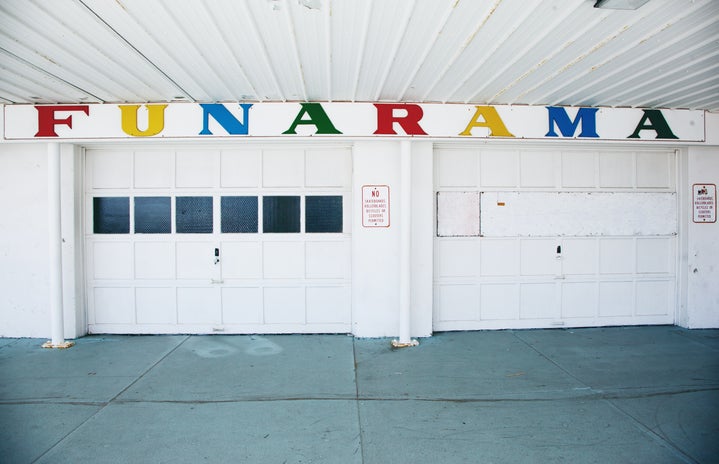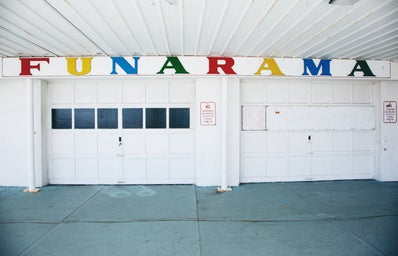As the sun starts to shine more and more everyday, flowers are budding, and the weather gets warmer, some people may still feel the winter time blues. Seasonal depression is a prevalent disorder that many do not recognize or know about.
The actual name, seasonal affective disorder, is a type of depression that is related to changes in seasons. It is characterized by fall/winter major depression with spring/summer remission (Roecklein, 2005). It is less likely for SAD to affect people during the spring or early summer. The cause of it is not clear, but some researchers have found it to be due to neurotransmitters, hormones, circadian rhythm dysregulation, genetics, and/or psychological factors (Roecklein, 2005). One therapy that helps people with SAD is light therapy in which the individual sits next to a light therapy box that gives off bright lights to mimic natural outdoor light.
Below is a list of the signs and symptoms to look out for (Mayo Clinic, 2017):
-
Feeling depressed all day, almost every day
-
Losing interest in activities you used to enjoy
-
Low energy
-
Problems sleeping, eating, and/or weight
-
Feeling lethargic
-
Easily agitated
-
Depressive symptoms of feeling hopeless, worthless or guilty
-
Frequent thoughts of death or suicide
-
Difficulty concentrating
The difference between Fall and Winter SAD symptoms compared to Spring and Summer SAD symptoms are (Mayo Clinic, 2017)
Fall and Winter symptoms:
-
Oversleeping
-
Weight gain with cravings of high carbohydrate foods
-
Tiredness or low energy
Spring and Summer symptoms:
-
Trouble falling asleep
-
Weight loss with poor appetite
-
Anxiety or agitation driven
The Diagnostic and Statistical Manual of Mental Disorders diagnoses seasonal affective disorder with the same criteria as it would diagnose depression or bipolar disorder, with symptoms occurring in specific seasons and leaving once the season is over.
Mental health has become more prevalent. People are starting to become more aware of the importance of it. Understanding the signs and symptoms of different disorders helps others get help not only for themselves, but for others they see that might be struggling. A disorder such as seasonal affective disorder might not sound serious, but it affects an individual’s daily living through the season and reoccurs every year at the same time. Everyone desires a happy and healthy life.
References:
Roecklein, K.A., & Rohan, K.J. (2005). Seasonal affective disorder: an overview and update. Psychiatry MMC, 2(1), 20-26.
N.a. (2017, October 25). Seasonal affective disorder (sad). Mayo Clinic, 1-5. Retrieved from https://www.mayoclinic.org/diseases-conditions/seasonal-affective-disord…



